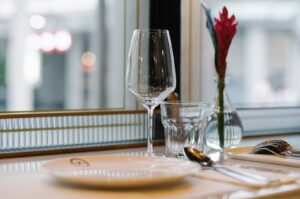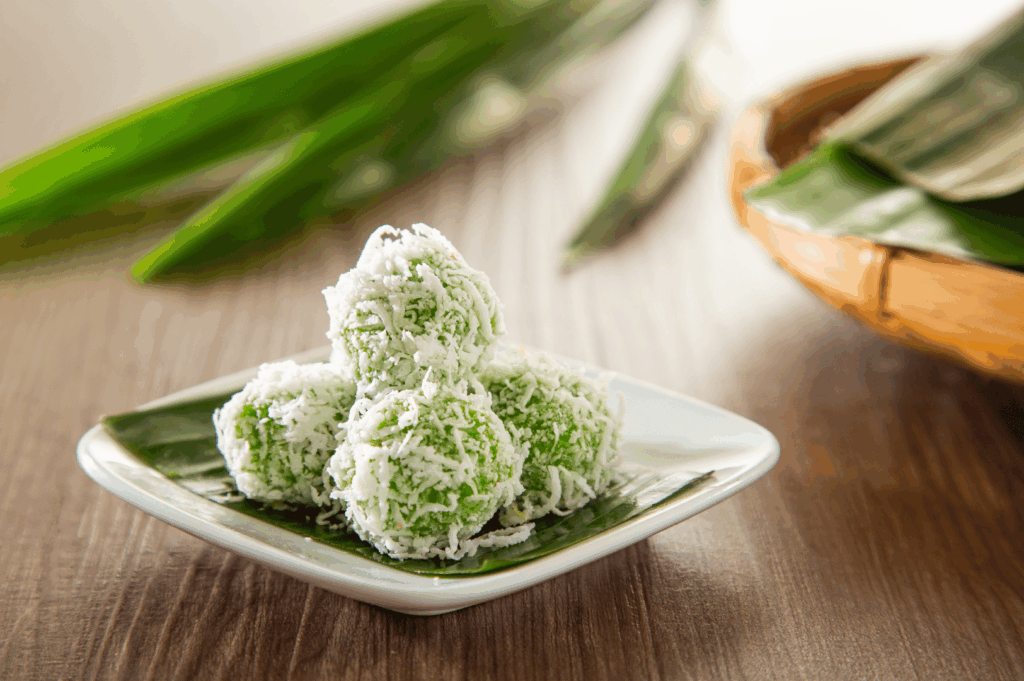
Step into the enchanting world of Singapore dessert, where every bite tells the story of a multicultural city deeply devoted to sweet treats. Desserts in Singapore are a vibrant reflection of the island’s unique blend of Chinese, Malay, Indian, and Peranakan influences, each adding their signature ingredients like coconut milk, pandan leaves, or palm sugar to the melting pot. Whether enjoyed at a bustling eating house, at a family gathering, or as the cooling finish to a street food feast, the city’s desserts deliver a perfect balance of textures and flavors. For travelers and locals alike, exploring dessert spots—from old school hawker stalls and dessert cafes to trendy ice cream sandwich shops—is the sweetest way to get to know Singaporean cuisine. Get ready to discover everything from classic options featuring glutinous rice or shaved ice to Instagram-worthy creations with vanilla ice cream and salted caramel, as we reveal the best dessert spots Singapore boasts for anyone with a sweet tooth.
Top 5 Must-Try Singapore Desserts for First-Timers
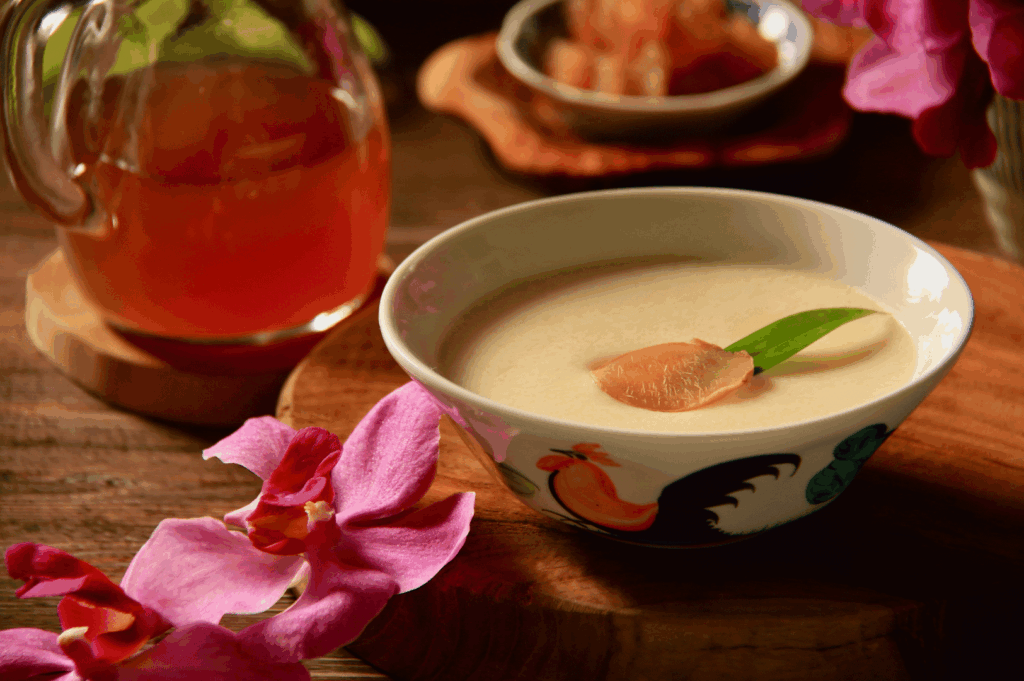
- Ice Kachang: A mountain of shaved ice packed with red bean, sweet corn, and grass jelly, generously drizzled with palm sugar syrup, condensed milk, and sometimes a dash of chocolate sauce. This cold dessert cools you down and satisfies your sweet tooth in Singapore’s tropical heat.
- Cendol: Dive into this bowl of shaved ice topped with creamy coconut milk, chewy green jelly noodles, sweet corn, and a decadent pour of gula melaka. Its blend of silky, sweet, and chewy textures is pure delight.
- Ondeh-Ondeh: These pandan-glutinous rice balls conceal a molten center of palm sugar, rolled in freshly grated coconut. One bite, and the richness of the glutinous rice flour and coconut milk is simply unforgettable.
- Tau Huay (Soya Beancurd): A beloved example of traditional Chinese desserts, this soft beancurd sweet soup is delicately sweetened and best enjoyed served warm or chilled.
- Mango Sago: This popular dessert mixes juicy mango, sago gula melaka, evaporated milk, and coconut milk—served cold at dessert spots and cafes all over the city.
The Rich Heritage of Traditional Singaporean Desserts
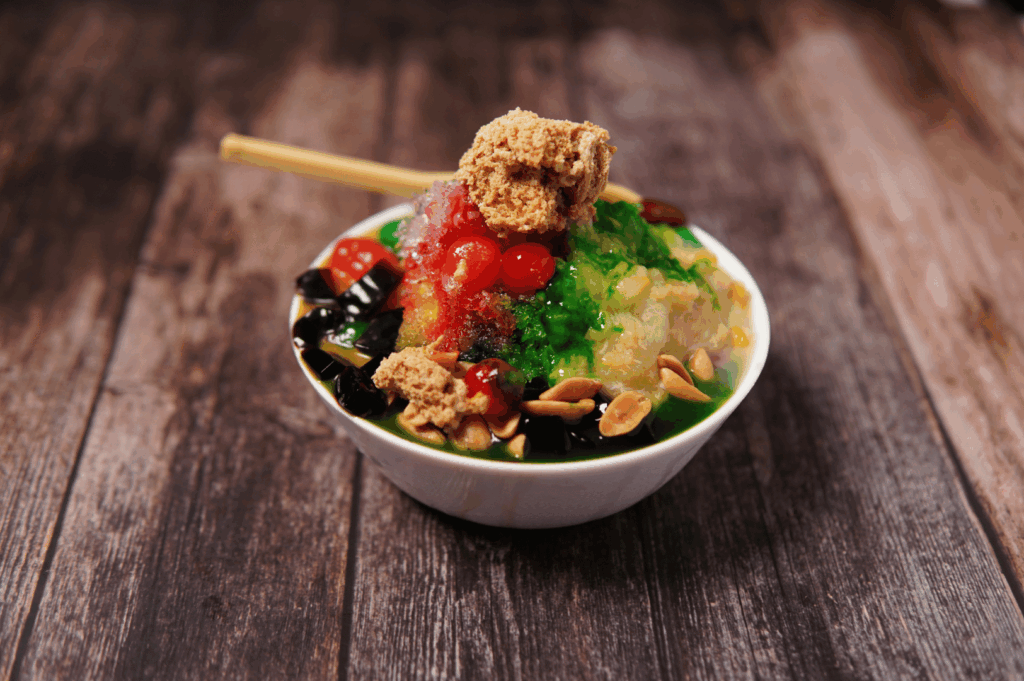
Traditional Desserts and Their Multi-Ethnic Roots
Singapore dessert culture is steeped in traditional desserts passed down through generations, their recipes shaped by cross-cultural influences and local quality ingredients.
- Chinese Influences: The world of traditional Chinese desserts shines with delights like tang yuan (glutinous rice balls in syrup with ginger or ground peanut), red bean soup, tau huay (silky soya beancurd), and black glutinous rice pudding. Comfort foods like peanut soup, almond paste, and occasionally peach gum or lotus seeds are often served warm at hawker or dessert cafes.
- Malay Dessert Traditions: Malay sweets such as kueh lapis, ondeh-ondeh, and cendol are deeply connected to coconut milk, palm sugar, and pandan. These desserts in Singapore often use glutinous rice flour, sweet potato, and tapioca balls to create the city’s most colorful and chewy treats.
- Indian Sweet Contributions: Indian classics like jalebi, gulab jamun, and palkova make vibrant festival appearances. Famed for their generous use of fresh cream, sugar syrup, and sometimes ground peanut, they add to the diversity of Singapore’s sweet scene.
- Peranakan Dessert Culture: The artistry of ang ku kueh (soft, red glutinous rice cakes filled with mung bean paste), kueh salat (pandan custard atop glutinous rice), and bubur cha cha (a sweet coconut soup with yam and sago) stands out for its complex textures and flavors. Many recipes embrace pandan chiffon cake, durian mousse, or yam paste to put a modern twist on old favorites.
These desserts are often served warm or cold, depending on the weather and the occasion, and always showcase the adaptability of the Singaporean cuisine sweet tradition.
Iconic Desserts in Singapore: Where to Find Sweet Classics
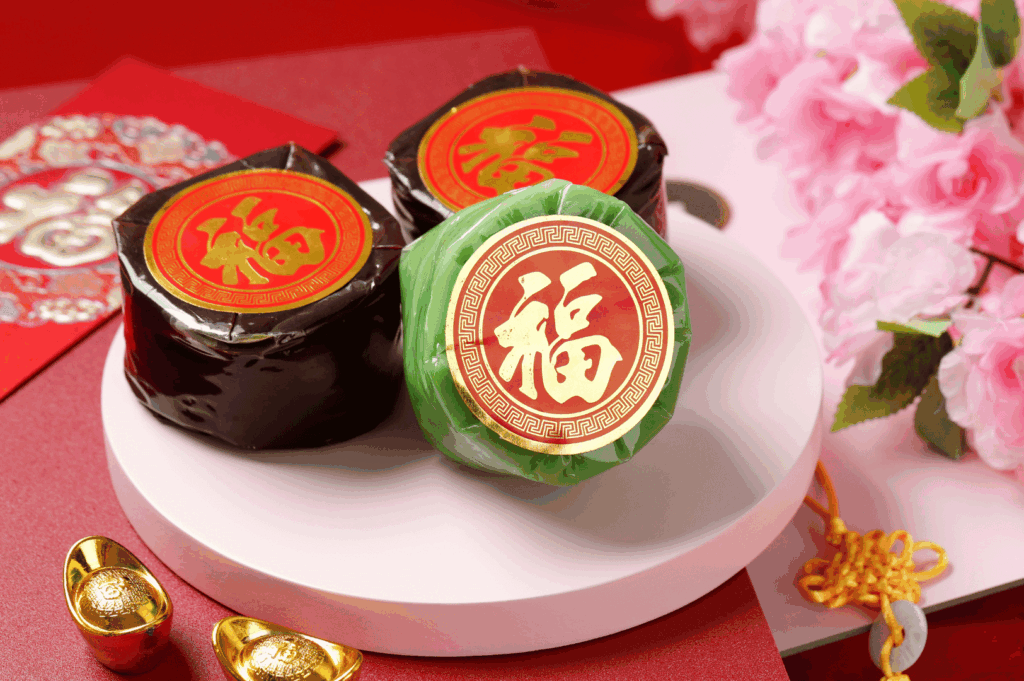
Ah Chew Desserts, Dessert Cafes & More
To taste authentic singapore dessert, visit the city’s legendary dessert spots and dessert cafes:
- Ah Chew Desserts (with famous outlets in Fortune Centre and near Tan Quee Lan Street) is a go-to for traditional hot and cold desserts—black glutinous rice, yam paste, and peanut paste among the favorites. Opening hours stretch late into the night, welcoming dessert lovers craving sweet soup or a bowl of tau suan.
- Maxwell Food Centre and stalls along Serangoon Garden Way crowd with locals queuing for classics like ice kachang piled high with grass jelly, sweet corn, and homemade syrup. Others seek comfort in a warm bowl of peanut soup or soya beancurd—each bite a memory of schooldays and family feasts.
- Chow Zan and Granny Grass Jelly specialize in both classic options and new favorites, like grass jelly paired with durian mousse or pandan chiffon cake crowned with vanilla ice cream. Yat Ka Yan adds to the scene with peach gum sweets, old school bread ice cream sandwiches, and other nostalgia-driven treats.
- Historic and Multi-Generational Shops: Some of the city’s most enduring confectioners craft ang ku kueh and sago gula melaka using techniques perfected over decades. Their focus on quality ingredients, such as hand-pressed coconut cream and real pandan leaves, keeps fans returning for favorite sweets—often available only until sold out each day.
Modern Singapore Dessert: Cafes and Cold Creations
Fusion desserts Singapore is leading a creative revolution, combining Southeast Asian tradition with contemporary flair at both dessert cafes and upscale venues.
- Signature Innovations: Cafes serve up pandan cakes alongside chocolate sauce creations or top warm black glutinous rice with a scoop of vanilla ice cream. Even the humble white chrysanthemum now appears in refreshing cold desserts.
- Instagram Worthy: Cafés whip up vibrant shaved ice bowls, salted caramel treats, and mousse cakes adorned with edible flowers. New dessert concepts offer playful combinations like durian mousse and almond paste or the comforting mix of hot and cold with sago gula melaka and fresh cream.
- Luxury Experiences: Hotels and modern dessert spots offer duke dessert or reinterpretations of yam paste using potato flour, balancing old school taste with fresh presentation. Seasonal specials might showcase peanut paste, sweet corn, or even matcha and green tea for cosmopolitan flavor appeal.
- Popular Dessert Cafes: Chains like Chow Zan or assorted cafes on Tan Quee Lan Street/Serangoon Garden Way are destinations for durian mousse, grass jelly drinks, icy soya beancurd, and more—for a fusion of old and new.
Coconut Milk and Festival Sweets: Celebrating with Sweetness
Coconut milk is the heart of most Singapore dessert—the soul behind rich bowls of bubur cha cha, kaya for toast, and plush layers of all manner of kueh. Festivities bring a bounty of seasonal favorites:
- Chinese New Year & Mid-Autumn: Sweet corn nian gao, moon cakes stuffed with white lotus or chocolate, and yam paste for reunion feasts.
- Hari Raya: Festive eating houses fill tables with vibrant kuehs, coconut-spiked desserts, and chewy tapioca balls.
- Deepavali: Indian-origin sweets, such as palkova and ladoo, embrace coconut, condensed milk, and a generous amount of ghee for melt-in-the-mouth richness.
- Christmas & Western Influences: Trendy cafes incorporate pandan chiffon cake, chocolate mousse, and vanilla ice cream in log cakes, tarts, and ice cream sandwiches for those celebrating with friends and a cup of kopi.
Sweet Treat Pairings: Drinks and Sweets in Singapore
There’s nothing like pairing your sweet treats with traditional kopi or teh—each cup offering a soft, bitter contrast to soya beancurd, tau suan, or sago gula melaka. Ice cream sandwiches—found in hawker stalls or from street vendors—put a clever Singapore version on the dessert map. Lovers of cold desserts also enjoy inventive drinks, like grass jelly teas, green tea frappes, or dessert-style cocktails using gula melaka and coconut.
Sweet soup aficionados enjoy warming up with bowls of peanut paste, almond paste, or lotus seed dessert, all found at most major dessert spots across the city. For the adventurous, try peach gum, split mung beans, red bean, or chewy glutinous rice balls—each is a celebration in a bowl.
The Art of Duke Dessert and Glutinous Rice Delights
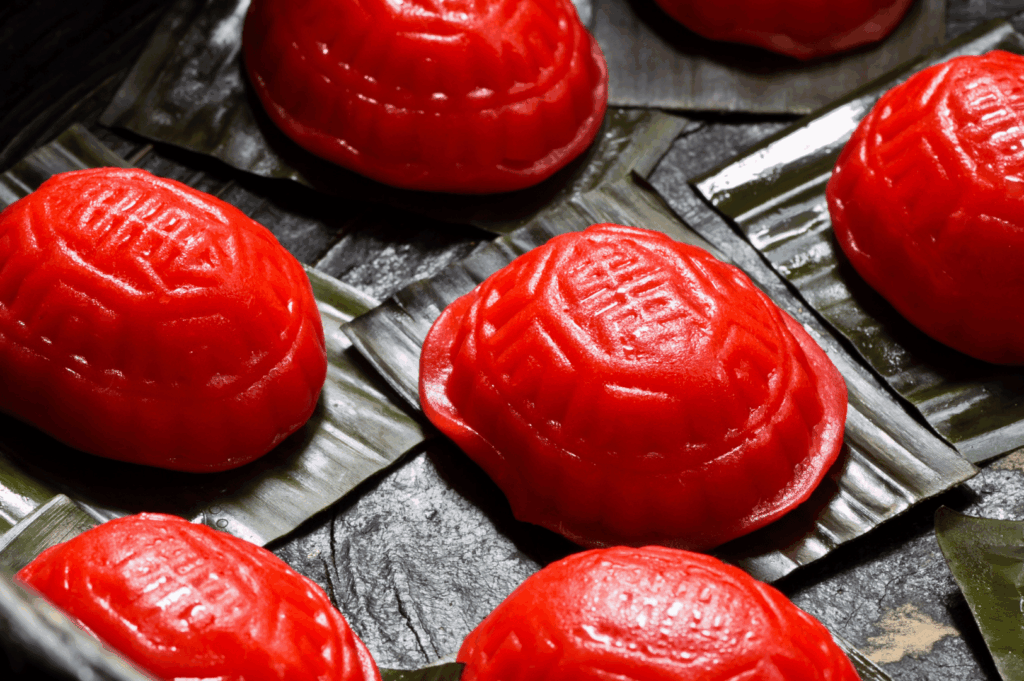
True dessert culture Singapore is kept alive by craftspeople creating perfect ang ku kueh, duke dessert (a yam and sweet potato favorite), and every kind of glutinous rice treat, both at home and in cafes dedicated to quality. Dessert chefs still rely on family secrets, selecting pandan leaves, sweet potato, or sago for just the right flavor. With each new opening, whether an eating house or cafe, the city’s dessert scene thrives.
DIY Singaporean Sweets: Make Popular Dessert at Home
If you’re tempted to craft a Singapore dessert at home, ondeh-ondeh is a perfect start.
- Ingredients: 1 cup glutinous rice flour, 1/2 cup pandan water, 1/4 cup chopped gula melaka, 1/2 cup grated coconut, pinch of salt.
- Directions: Steam salted coconut, mix flour with pandan water for dough; wrap and seal palm sugar inside, boil until they float, then roll in coconut. Serve warm for that signature gooey center.
Finding authentic pandan leaves, high-quality coconut, or palm sugar is key—Asian markets, specialty shops, or even some dessert cafes will have what you need to replicate that sweet satisfaction at home.
Conclusion: The Future of Singapore’s Dessert Culture

Singapore dessert culture is ever-evolving—a perfect blend of heritage and creativity. New chefs, cafes, and family-run eating houses are eager to blend contemporary flair with Singapore’s storied sweet traditions, whether it’s pandan chiffon cake, tang yuan, glutinous rice sweets, or durian mousse. Today, the global spotlight shines bright on Singaporean cuisine, inspiring international fans—and sweet tooths visiting Singapore—to explore more local dessert wonders. Whether you’re savoring a classic at a hawker stall or discovering a new fusion dessert spot on your next trip, each sweet treat represents the heart of Singapore’s evolving culture.
What’s your favorite dessert in Singapore? Share your must-try recommendations or tell us how you satisfy your sweet cravings—we can’t wait to indulge together!
If you’re looking for more indulgent experiences, explore our afternoon tea guide in Singapore or discover authentic Indian flavors in Little India for your next sweet or savory adventure.


